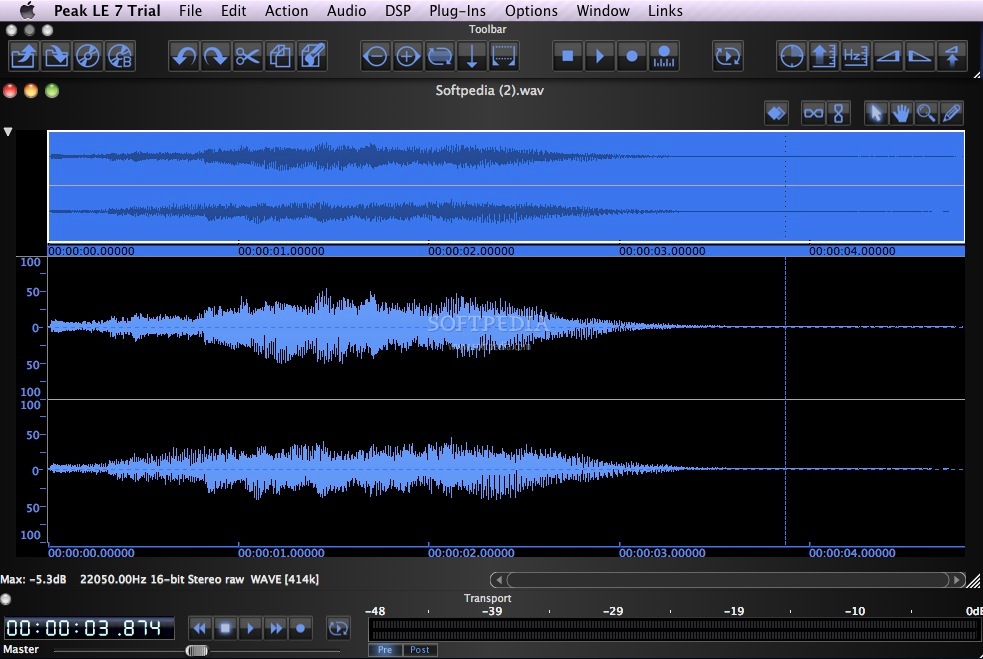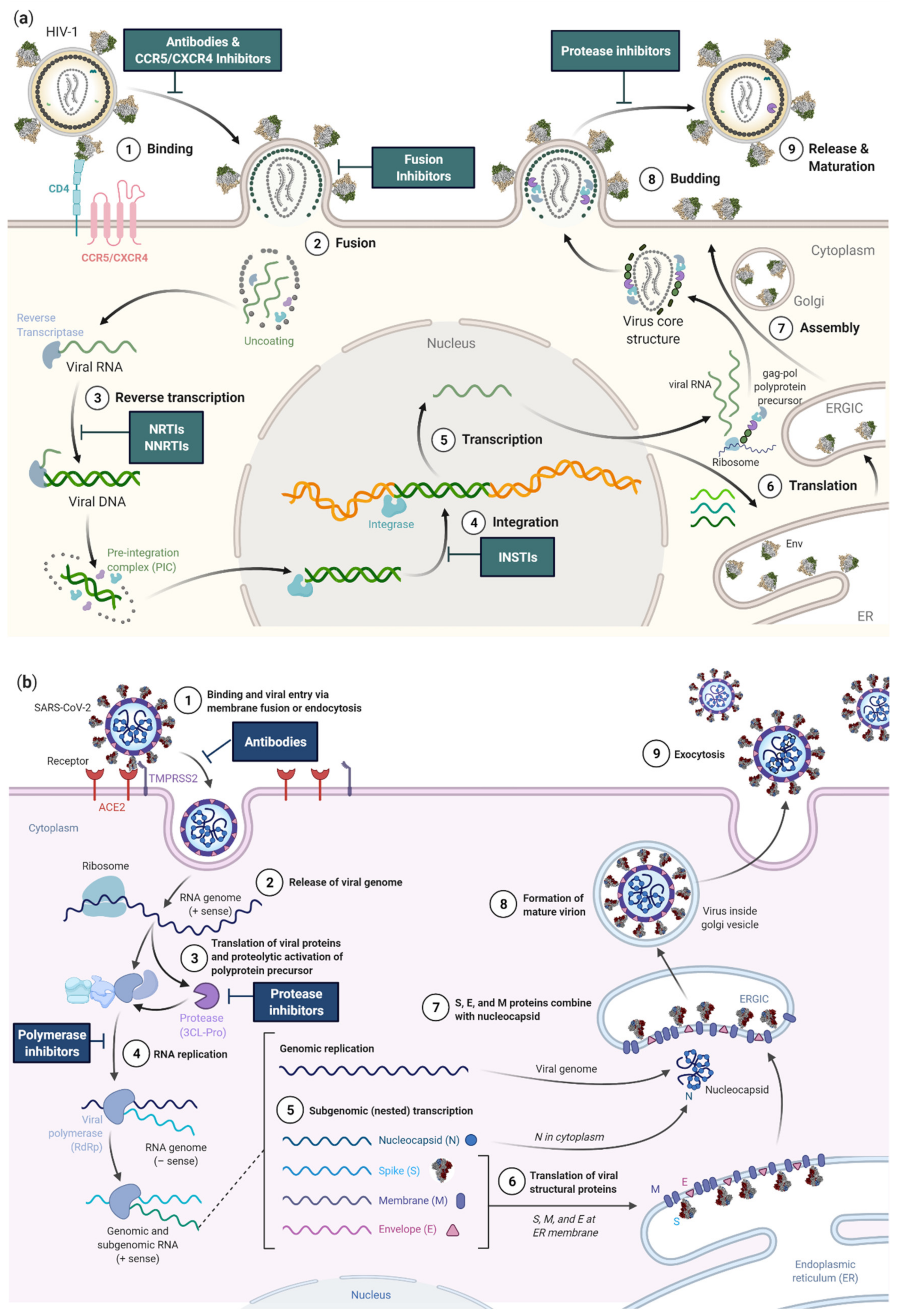AR-PRO 200X50 Tire & Inner Tube Set - Electric Scooter Tire Tube Compatible with Razor E100, E150, E200, Power Core E100, Dune Buggy, ePunk, Crazy Cart, PowerRider 360, eSpark 4.4 out of 5 stars 513 $12.99 $ 12.
Clamper definition
- This machine is equipped a 193 nm Lambda Physik ComPex Pro 110 ArF excimer laser (Coherent, Dieburg, Germany) with a pulse width of 20 ns. Because the mass bias of. Doubly charged Er and Yb.
- Bias Sound Pro PSP Neon Linear Phase EQ PSP Master Q EQ PSP MixPressor PSP MixSaturator PSP MixTreble PSP MixBass PSP PseudoStereo PSP StereoEnhancer PSP StereoController PSP Stereo Analyzer T.C. Electronics Chorus/Delay T.C. Electronics Voice Strip T.C. Electronics Dynamic EQ T.C. Electronics 24/7 Limiting Amplifier WaveArts TrackPlug5.
A clamper is an electronic circuit that changes the DC level of a signal to the desired level without changing the shape of the applied signal. In other words, the clamper circuit moves the whole signal up or down to set either the positive peak or negative peak of the signal at the desired level.
The dc component is simply added to the input signal or subtracted from the input signal. A clamper circuit adds the positive dc component to the input signal to push it to the positive side. Similarly, a clamper circuit adds the negative dc component to the input signal to push it to the negative side.
If the circuit pushes the signal upwards then the circuit is said to be a positive clamper. When the signal is pushed upwards, the negative peak of the signal meets the zero level.
On the other hand, if the circuit pushes the signal downwards then the circuit is said to be a negative clamper. When the signal is pushed downwards, the positive peak of the signal meets the zero level.
The construction of the clamper circuit is almost similar to the clipper circuit. The only difference is the clamper circuit contains an extra element called capacitor. A capacitor is used to provide a dc offset (dc level) from the stored charge.
A typical clamper is made up of a capacitor, diode, and resistor. Some clampers contain an extra element called DC battery. The resistors and capacitors are used in the clamper circuit to maintain an altered DC level at the clamper output. The clamper is also referred to as a DC restorer, clamped capacitors, or AC signal level shifter.
Bias Peak Pro 7 Er Data
Types of clampers
Clampercircuits are of three types:
- Positive clampers
- Negative clampers
- Biased clampers
Positive clamper
The positive clamper is made up of a voltage source Vi, capacitor C, diode D, and load resistor RL. In the below circuit diagram, the diode is connected in parallel with the output load. So the positive clamper passes the input signal to the output load when the diode is reverse biased and blocks the input signal when the diode is forward biased.
During negative half cycle:
During the negative half cycle of the input AC signal, the diode is forward biased and hence no signal appears at the output. In forward biased condition, the diode allows electric current through it. This current will flows to the capacitor and charges it to the peak value of input voltage Vm. The capacitor charged in inverse polarity (positive) with the input voltage. As input current or voltage decreases after attaining its maximum value -Vm, the capacitor holds the charge until the diode remains forward biased.
During positive half cycle:
During the positive half cycle of the input AC signal, the diode is reverse biased and hence the signal appears at the output. In reverse biased condition, the diode does not allow electric current through it. So the input current directly flows towards the output.
When the positive half cycle begins, the diode is in the non-conducting state and the charge stored in the capacitor is discharged (released). Therefore, the voltage appeared at the output is equal to the sum of the voltage stored in the capacitor (Vm) and the input voltage (Vm) { I.e. Vo = Vm+ Vm = 2Vm}which have the same polarity with each other. As a result, the signal shifted upwards.
The peak to peak amplitude of the input signal is 2Vm, similarly the peak to peak amplitude of the output signal is also 2Vm. Therefore, the total swing of the output is same as the total swing of the input.
The basic difference between the clipper and clamper is that the clipper removes the unwanted portion of the input signal whereas the clamper moves the input signal upwards or downwards.
Negative clamper
During positive half cycle:
During the positive half cycle of the input AC signal, the diode is forward biased and hence no signal appears at the output. In forward biased condition, the diode allows electric current through it. This current will flows to the capacitor and charges it to the peak value of input voltage in inverse polarity -Vm. As input current or voltage decreases after attaining its maximum value Vm, the capacitor holds the charge until the diode remains forward biased.
During negative half cycle:
During the negative half cycle of the input AC signal, the diode is reverse biased and hence the signal appears at the output. In reverse biased condition, the diode does not allow electric current through it. So the input current directly flows towards the output.
When the negative half cycle begins, the diode is in the non-conducting state and the charge stored in the capacitor is discharged (released). Therefore, the voltage appeared at the output is equal to the sum of the voltage stored in the capacitor (-Vm) and the input voltage (-Vm) {I.e. Vo = -Vm- Vm = -2Vm}which have the same polarity with each other. As a result, the signal shifted downwards.
Biased clampers
Sometimes an additional shift of DC level is needed. In such cases, biased clampers are used. The working principle of the biased clampers is almost similar to the unbiased clampers. The only difference is an extra element called DC battery is introduced in biased clampers.
Positive clamper with positive bias
If positive biasing is applied to the clamper then it is said to be a positive clamper with positive bias. The positive clamper with positive bias is made up of an AC voltage source, capacitor, diode, resistor, and dc battery.
During positive half cycle:
During the positive half cycle, the battery voltage forward biases the diode when the input supply voltage is less than the battery voltage. This current or voltage will flows to the capacitor and charges it.
When the input supply voltage becomes greater than the battery voltage then the diode stops allowing electric current through it because the diode becomes reverse biased.
During negative half cycle:
During the negative half cycle, the diode is forward biased by both input supply voltage and battery voltage. So the diode allows electric current. This current will flows to the capacitor and charges it.
Positive clamper with negative bias

During negative half cycle:
During the negative half cycle, the battery voltage reverse biases the diode when the input supply voltage is less than the battery voltage. As a result, the signal appears at the output.
When the input supply voltage becomes greater than the battery voltage, the diode is forward biased by the input supply voltage and hence allows electric current through it. This current will flows to the capacitor and charges it.

During positive half cycle:
Bias Peak Pro 7 Er Reviews
During the positive half cycle, the diode is reverse biased by both input supply voltage and the battery voltage. As a result, the signal appears at the output. The signal appeared at the output is equal to the sum of the input voltage and capacitor voltage.
Negative clamper with positive bias
During positive half cycle:
During the positive half cycle, the battery voltage reverse biases the diode when the input supply voltage is less than the battery voltage. When the input supply voltage becomes greater than the battery voltage, the diode is forward biased by the input supply voltage and hence allows electric current through it. This current will flows to the capacitor and charges it.
During negative half cycle:
Duringthe negative half cycle, the diode is reverse biased by both input supply voltage and battery voltage. As a result, the signal appears at the output.
Negative clamper with negative bias

During positive half cycle:
During the positive half cycle, the diode is forward biased by both input supply voltage and battery voltage. As a result, current flows through the capacitor and charges it.
During negative half cycle:
During the negative half cycle, the battery voltage forward biases the diode when the input supply voltage is less than the battery voltage. When the input supply voltage becomes greater than the battery voltage, the diode is reverse biased by the input supply voltage and hence signal appears at the output.
Mickey Thompson was a racer and an innovator. He created products to WIN. Mickey created the first “Low-Profile” 50/60/70 raised white letter tires. Today, Mickey Thompson is the recognized leader in specialty tires for Classic and Modern Muscle cars, Hot Rods, and Street Rods with the “Worlds Widest” rear tires and matching “Skinnys” for the front.
- Tires
- Builds
- Sponsorships
Wheels & Tires
- Mickey Thompson Street Comp
Base Vehicle
- 1932 Ford
Chassis
- Roadster Shop Chassis
Exterior
- Custom body and paint by Wild Wes using custom developed Metalux base colors and clears
Powertrain
Bias Peak Pro 7 Mac
- Trick Flow cylinder heads, roller cam and rockers
- Holley Sniper sheet metal intake
- 2-650 AEI carburetors
Drivetrain
- Twin Torqstorm Supercharged 5.3 LS
- F-5 Cyclone 4L60E Transmission
Interior
- Leather Interior by Jeff Elwood
Electronics
- Stock
Designed By
- T. Lee
Wheels & Tires
- Forgiato (20-inch x 9.5-inch front, 20-inch x 14-inch rear)
Wheels
- Mickey Thompson (275/35/20 front, 29/18/20 rear) Tires
Base Vehicle
- 2018 Mustang GT
Chassis
- Currie Enterprises
- Watson Racing
- Ford Performance
- H&R Springs
Exterior
- DeBerti Grill
- Brad DeBerti Hood Design
- Forgiato Wheel
- Mickey Thompson Tires
- Sherwin Williams Paint
- TS Designs Wide Body
- Bullseye Retros Headlights/Tailights
Powertrain
- Roush Performance
- Optima Battery
Drivetrain
- Stock
Interior
- DeBerti Roll bar
-Sherwin Williams Paint
Electronics
- Exotic Sound
- Kicker Audio
Designed By
- DeBerti Design
Wild Wes is a painter, a pinstriped and an artist. Wes graduated from the Art Institute of Pittsburgh where he earned an Associates Degree in Visual Communications. Wes learned to paint when he was a child working with his dad in his small paint shop. At 12 years old with his fathers guidance, Wes began to learn the body and restoration trade. Wild Wes had painted many award winning show cars by age 18. Immediately after graduation, Wes started his own business painting, pinstriping and lettering in East Canton Ohio. After 10 years he migrated to Las Vegas where began painting show cars for SEMA under his new name Sin City Kustomz. When Wes needs tires for his customer builds he often calls on Mickey Thompson.
Mickey Thompson builds the widest and wildest Hot Rod and muscle cars tires available like the Sportman S/R. Wes and his TEAM have again relocated to their roots in Dover Ohio where they continue to create amazing builds with attention to detail.
For more information see wildwespaintworks.com